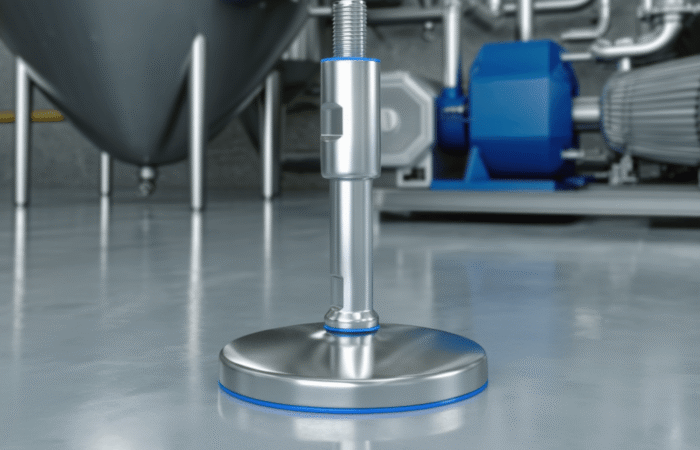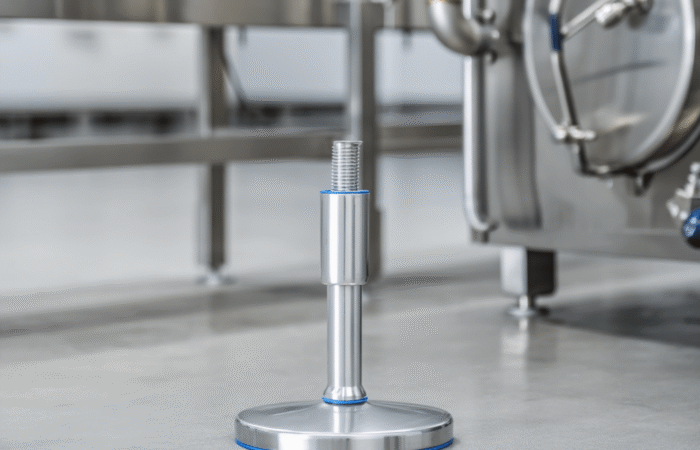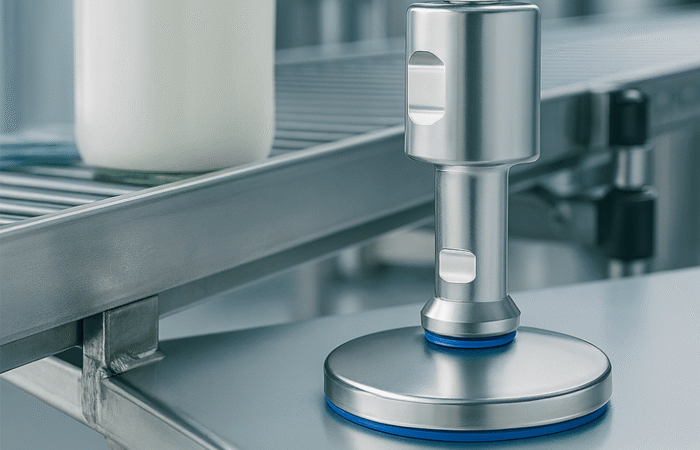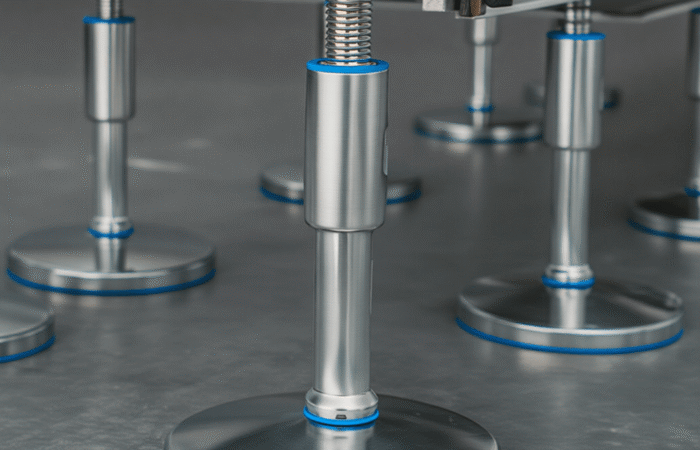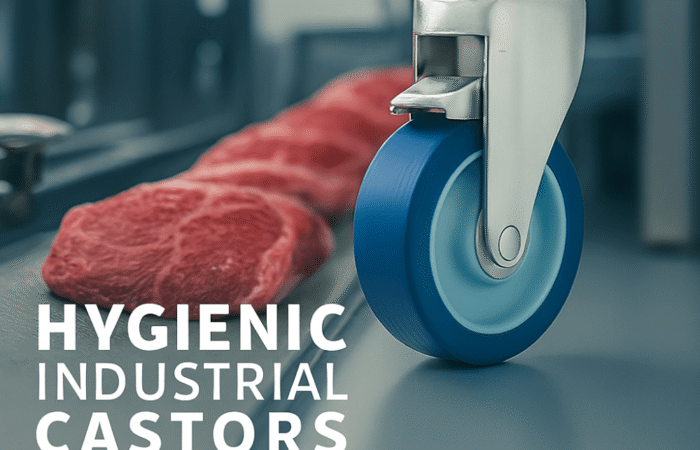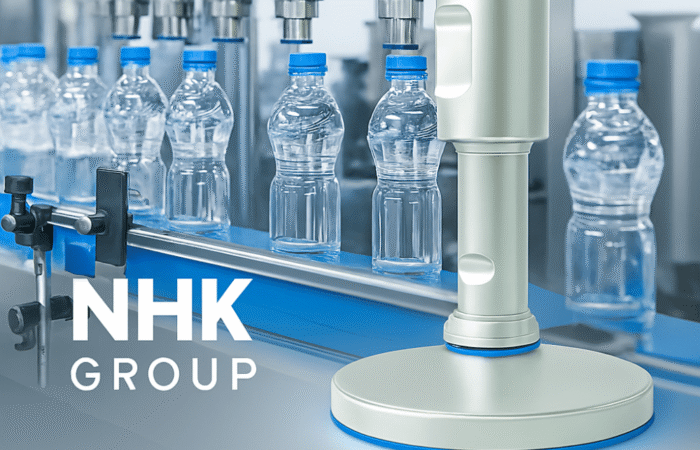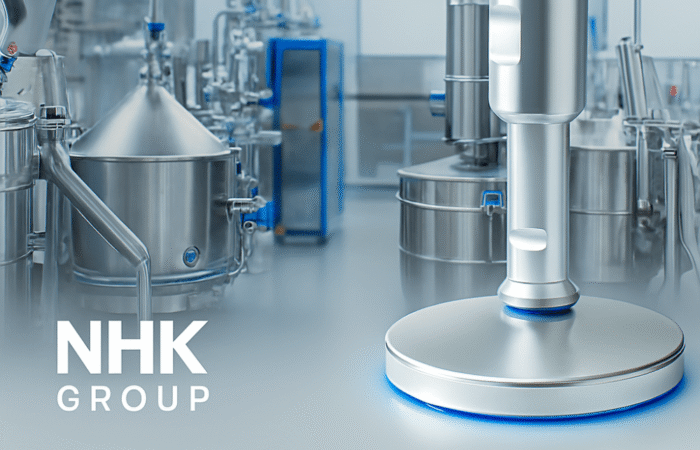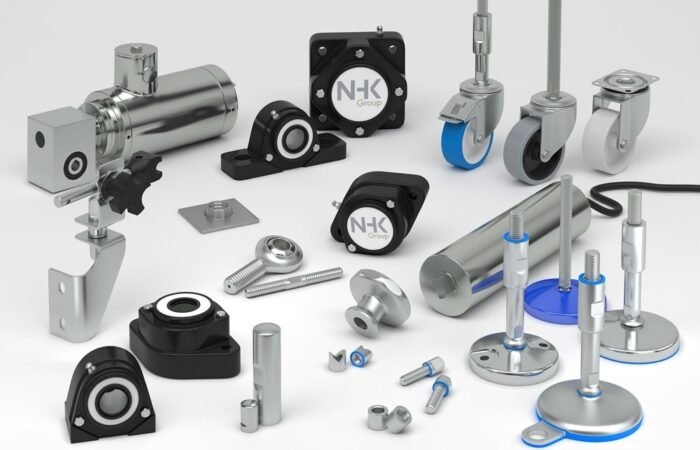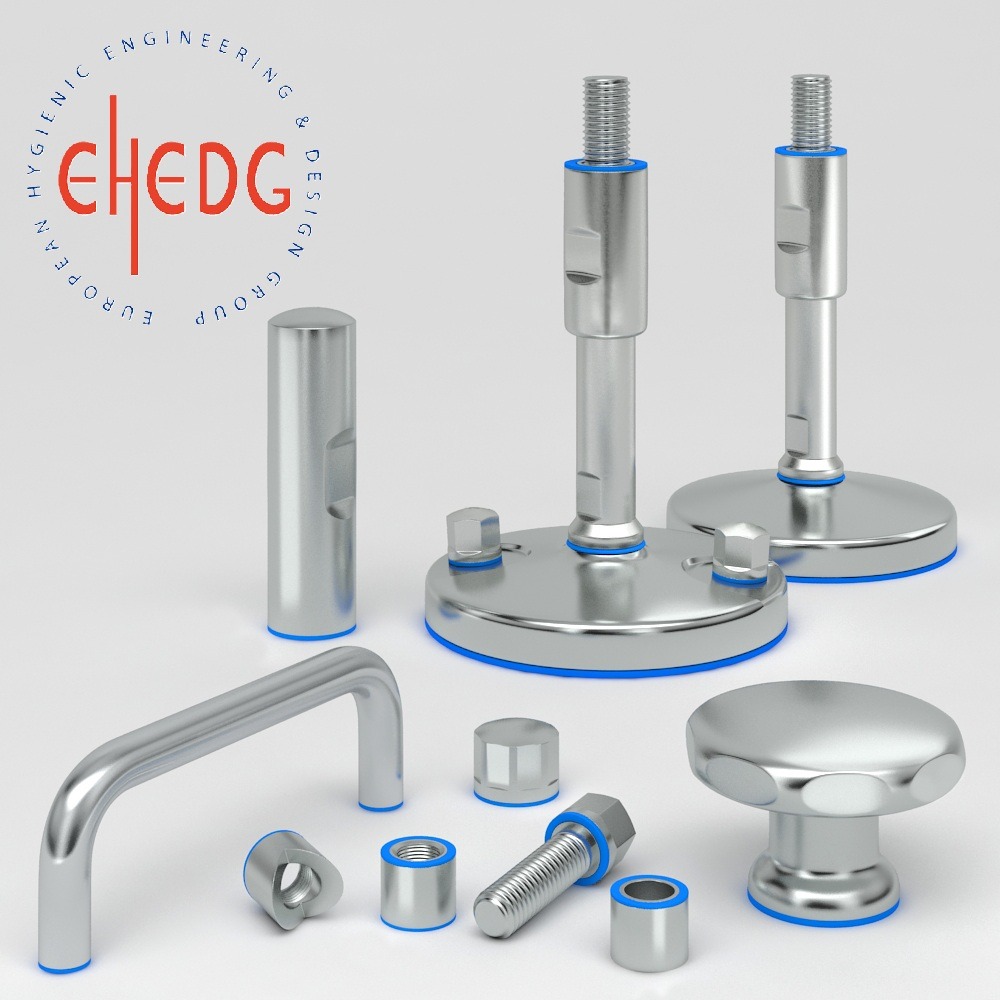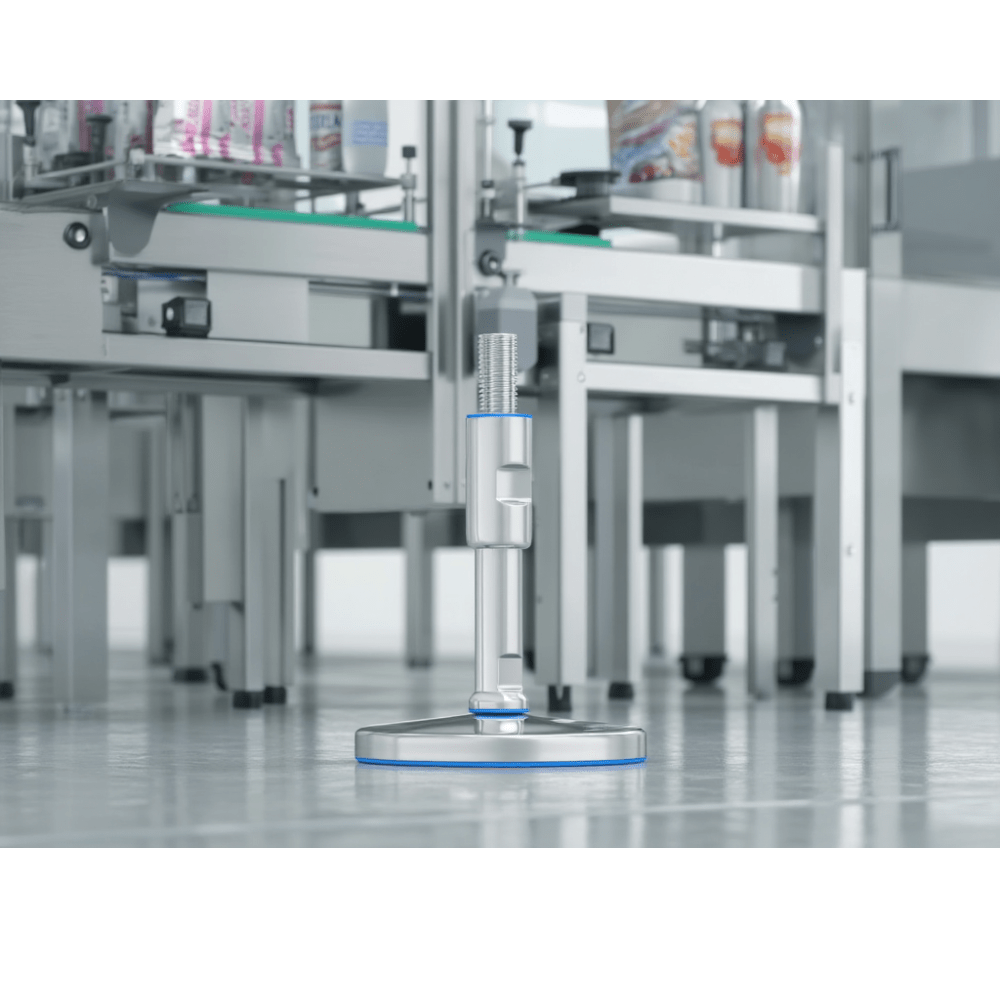
Clean Label Movement
In recent years, the clean label movement has gained significant traction among consumers who are increasingly prioritizing transparency and simplicity in the products they purchase. This movement is characterized by a preference for products with fewer, simpler ingredients and clear, honest labeling. As more people become health-conscious and environmentally aware, the demand for clean label products continues to rise, influencing how companies formulate, market, and label their offerings. The clean label movement is a consumer-driven trend emphasizing natural, recognizable ingredients and transparent labeling practices. It reflects a shift away from highly processed foods with artificial additives, preservatives, and complex chemical names towards products that consumers can easily understand and trust. Nestlé, one of the world’s largest food and beverage companies, has embraced the clean label movement by reformulating many of its products to include fewer and simpler ingredients. The company launched its “Simply Good” initiative to enhance transparency and address consumer concerns about artificial additives. By prioritizing natural ingredients and clear labeling, Nestlé has seen increased consumer trust and brand loyalty. General Mills, a leading global food company, has committed to removing artificial flavors and colors from its cereals. The company introduced a “Made with Real Ingredients” campaign to highlight its clean label efforts. This shift not only aligns with consumer preferences but also boosts the company’s image as a health-conscious brand. As a result, General Mills has experienced a positive response from consumers seeking healthier breakfast options. Panera Bread has been at the forefront of the clean label movement in the restaurant industry. The company committed to removing artificial preservatives, sweeteners, flavors, and colors from its menu items. Panera’s “No No List” outlines the ingredients it has eliminated, showcasing its dedication to transparency and clean eating. This commitment has resonated with health-conscious customers, leading to increased customer satisfaction and sales. Kraft Heinz, a major player in the food industry, has made significant strides towards clean labeling by reformulating some of its iconic products. The company introduced “No Artificial Flavors, Preservatives, or Dyes” labels on products like Kraft Macaroni & Cheese. By responding to consumer demand for cleaner ingredients, Kraft Heinz has successfully revitalized its brand and maintained its competitive edge in the market. The clean label movement reflects a fundamental shift in consumer preferences towards healthier, more transparent food options. As consumers become more informed and health-conscious, the demand for products with fewer, simpler ingredients and clear labeling continues to grow. Companies that embrace this movement by prioritizing clean labels can build stronger relationships with their customers, enhance brand loyalty, and stay ahead in a competitive market.Consumer Preference for Products with Fewer, Simpler Ingredients, and Transparency in Labeling
What is the Clean Label Movement?
Key Principles of the Clean Label Movement
Case Study 1: Nestlé
Case Study 2: General Mills
Case Study 3: Panera Bread
Case Study 4: Kraft Heinz
Prioritizing clean labels can build stronger relationships


Contact


